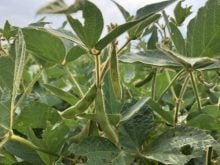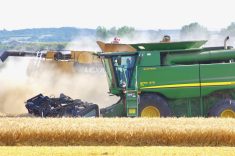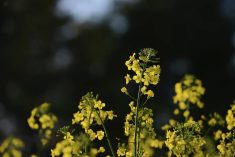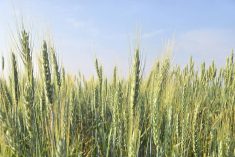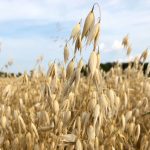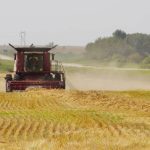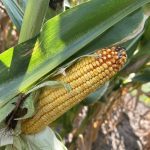Wet and cool conditions last week have delayed what little is generally left of Manitoba’s 2007 harvest campaign, the province reported Monday.
In the last of its weekly crop reports for the season, Manitoba Agriculture, Food and Rural Initiatives (MAFRI) reported that weather hasn’t co-operated with farmers on a few isolated flax and canola fields in the southwest, some wheat and half the canola acres around The Pas in the northwest, and some soybean, corn and sunflower acres east of the Red River.
This year’s cereal harvest, on average, yielded 70 bushels per acre of winter wheat with “excellent” quality, 30-50 bu./ac. of spring wheat, 70 bu./ac. of barley and 100 bu./ac. of oats. Winter wheat acres seeded this summer and fall are up 30 per cent from the previous year, and germination, while poor to start, improved with recent rains, MAFRI said.
Read Also
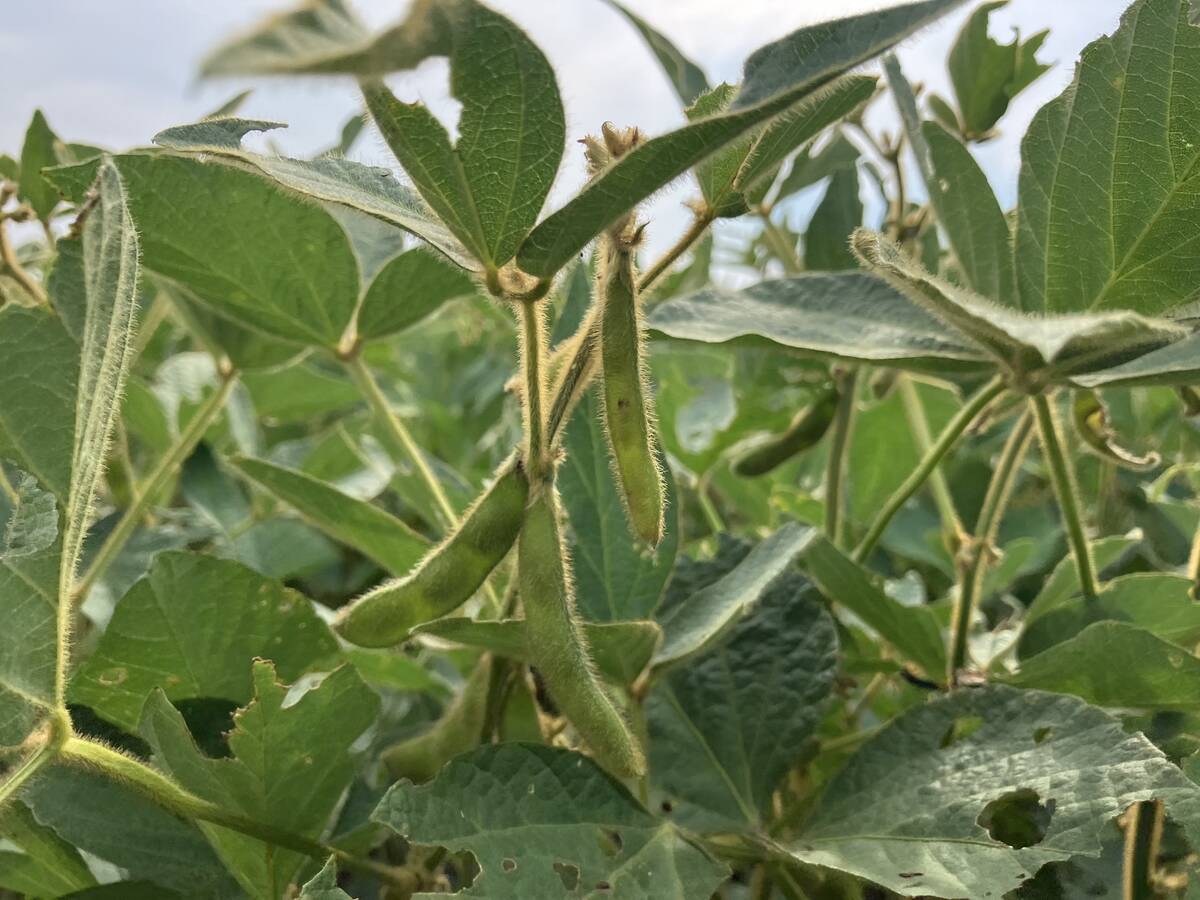
Health Canada proposes new restrictions for dicamba on soybeans
Pest Management Regulatory Agency removes the registration to spray dicamba on dicamba tolerant soybeans after the crop starts growing
Canola yields are expected to be close to the provincial long-term average of about 30 bu./ac. Flax yields range from 15 to 25 bu./ac. but are expected to be around the provincial average (19 bu./ac.) overall. Some sunflower growers are waiting for a hard frost to help with drydown, while desiccated acres have so far yielded 1,200 to 2,300 lb./ac., compared to the long-term average of 1,500.
The provincial grain corn harvest remains about 40 per cent complete, with reported yields of 80-120 bu./ac., and an overall average of 100 bu./ac. Soybeans faced no significant disease or insect issues and yielded 38 bu./ac. on average overall.
A few acres of potatoes remain unharvested in the Carberry, Winkler and Portage areas. With harvest conditions reported as average to above average, the average yield is expected to be 255 cwt per acre, slightly above the longer-term Manitoba average.
Organic growers benefited from dry conditions that prevented disease development and from minimal insect damage, leading to average to above-average yields and quality, although conditions had an effect on forage and market garden production.
The provincial honey crop is still expected to be down significantly from last year’s record-level crop of 100 kg per colony. The 2007 harvest is expected to yield 73 kg per colony, slightly down from the long-term average of 75. On top of lower per-colony production, the number of honey-producing colonies is down almost nine per cent from last year, at 77,500, leading to an overaklk estimated crop of 5.6 million kg, down from 8.5 million in 2006.
“All in all, it was a difficult year for beekeepers but it would appear that colonies are in good condition for winter,” MAFRI wrote.


